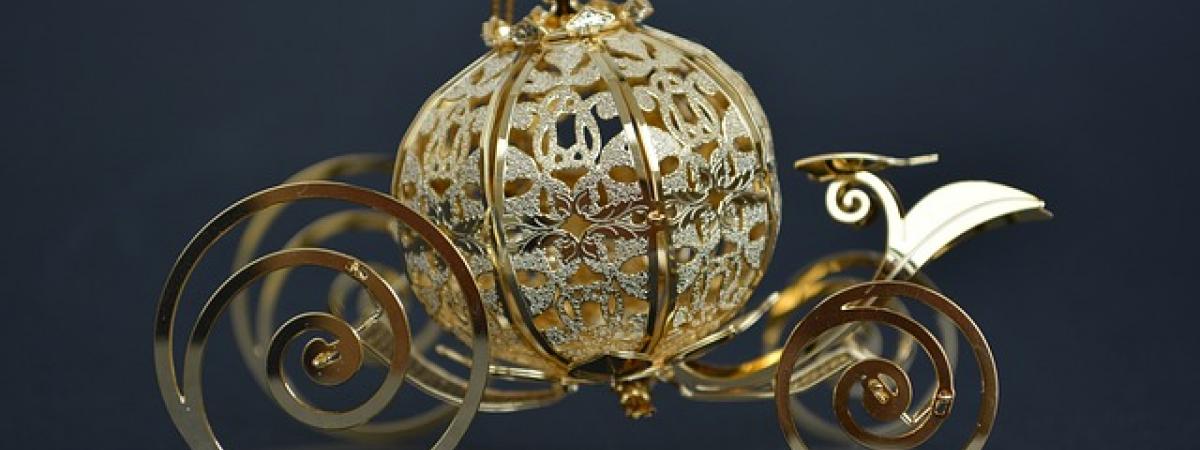Cinderella diseases
published in Reader's Digest,
25 July 2019

Not all diseases are treated equally. Just as Cinderella could only watch as fine clothes and luxurious living were bestowed upon her stepsisters, some diseases miss out on research funding, celebrity-led campaigns and public awareness. It’s time they got to go to the ball too.
The poor sisters
Is it time for lyme disease to be in the limelight or for scleroderma to step out from the shadows? Over the years, doctors have rightly spoken out for “Cinderella” diseases, asking for increased funding and greater public understanding and support.
Back in 1997 malaria was referred to as a “Cinderella” disease, receiving only a fraction of the research funding that was allocated to the AIDS pandemic; today, a massive international aid operation is trying to control the Ebola outbreak in the Democratic Republic of Congo (DRC) whilst people are dying from diseases like malaria, measles and cholera in the same part of the country and receiving almost no assistance, writes the humanitarian aid charity Médecins Sans Frontières (MSF).
In 2013, only £336,000 of the UK’s annual research budget was being spent on epilepsy (less than £1 per person with epilepsy). This compared with £250 per person with muscular dystrophy and £140 per person with multiple sclerosis.
Faecal incontinence is viewed as the Cinderella disorder in comparison with urinary incontinence, with few treatments and trials being carried out into its treatments. Heart failure has been likened to Cinderella since attention has instead been focused on its “sisters”—angina and heart attack.
Disorders of the thoracic spine (the part that supports the ribs) are much less researched than those of the cervical spine (the region that supports the head) or the lower back—with one doctor finding 132 research papers on the thoracic spine, compared with 409 and 263 for the cervical and lumbar spines respectively—even though the thoracic spine is the longest and most complex region of the spine, and dysfunction can lead to back, shoulder and elbow pain.
In 2013, mental health was still seen as the Cinderella sister to physical health with, for example, 92 per cent of people with diabetes receiving treatment for their condition compared to only 28 per cent of those with mental illness.
Going to the ball
The stepsisters laughed at the idea of Cinderella going to a ball until the fairy godmother appeared out of a cloud of magic stardust and waved her magic wand. Suddenly she was seen as the prettiest girl in the whole world, wowing the Prince at the ball.
Some diseases have been similarly transformed, receiving riches and recognition previously denied. Malaria, for example, has received billions of dollars of funding from the Bill & Melinda Gates Foundation, in an attempt to eradicate the disease. Research continues on insecticides, drugs, vaccines and genetically modified mosquitoes. Since 2000, deaths from malaria have been reduced by half; the goal is a world free from malaria.
“Dementia research: from ugly sister to Cinderella…what a difference a decade makes!” writes one Research Professor, commenting on the improved quality and quantity of healthcare now available for people with dementia. She points to the “Prime Minister’s Challenge on Dementia 2020” which aims for England to become the “best country in the world for dementia care and support”, “the best country in the world for people with dementia, their carers and families to live” and “the best place in the world to undertake research into dementia”.
Heart valve surgery, meanwhile, has moved “from Cinderella to centre stage”, writes Professor Thomas Lüscher, Editor-in-Chief of the European Heart Journal. Having previously been the “poor sister” to heart bypass surgery in terms of research interest, valve repair and replacement are now routine, with new procedures being performed successfully.
Conversations about mental health are becoming mainstream, but there’s a way to go before mental health gets to “go to the ball” and is put on a par with physical health in terms of treatment.
Rags to riches and back again
When the clock struck midnight, Cinderella was once again in her ragged dress. All that remained of the magical evening was one glass slipper sparkling on her foot.
Scientists have referred to this back and forth transformation when describing stem cells. These are the body’s raw materials, from which all other cell types can be generated, and they can help replace diseased cells.
Turning adult skin cells into stem cells and then transforming them back into their original form is no longer just the stuff of fairytales, but a reality in modern cell biology, offering hope in the treatment of disease.
In the Cinderella story, the Grand Duke searches for the girl whose foot would exactly fit the glass slipper—and scientists talk of “finding a perfect fit”, when modelling human disease in animals. Mice are commonly used in medical research (and are firm friends of Cinderella) but are not always the best fit: what works or doesn’t work in mice does not necessarily translate to humans. The @justsaysinmice account on Twitter points this out, protecting the public from over-inflated claims and false promises made in science. The search for a perfect fit—and for a happy ending in much medical research—continues.
